When one speaks of Surrealist women, one thinks of Leonora Carrington, Meret Oppenheim, Dora Maar, Remedios Varo, but among them there is another, Bona de Mandiargues (Rome, 1926 - Paris, 2000), whose singular story has never previously been reconstructed. The first major retrospective devoted precisely to this artist, entitled Bona de Mandiargues,opened a few days ago at the Nivola Museum in Orani (Nuoro) . Reframing the World. We let the curators Giuliana Altea, Antonella Camarda, Luca Cheri and Caterina Ghisu tell us a little more about Bona de Mandiargues and their exhibition project. The interview is by Ilaria Baratta.

IB: The one at the Nivola Museum is proposed as the first major retrospective dedicated to the surrealist artist Bona de Mandiargues, whose story had never been reconstructed until now. What gave rise to the idea for this exhibition? How long did it take to prepare it, including time for archival research?
Curators: Among the protagonists of the Second Surrealism, Bona is one of the most interesting, and to take up her work again seemed fitting. So when we met the artist’s daughter, Sybille, who preserves most of her works, the thought of dedicating an exhibition to her was immediate. Between archival research and bibliographic reconnaissance, the preparation phase took about a year.
Has it been possible to reconstruct her entire life thanks to this research, or are there still obscure aspects that remain? How would you define the life of Bona de Mandiargues?
Rather than the life - adventurous and full of encounters - of Bona, the project focuses on her research, which lasted fifty years. The exhibition aims to be an introduction to the creative universe of a rich and complex artist, who went through different phases, bringing an original contribution to twentieth-century art.
And is her art fully part of Surrealism? What is its characteristic trait? What themes does he deal with?
From a historical point of view, Bona can definitely be called a Surrealist artist. Close to Breton and other leading figures of the movement, she frequented Surrealist cafes, exhibited in the Surrealist gallery L’Étoile Scellée, participated in the 1959 Surrealist Exposition “EROS” at the Cordier Gallery and the 1964 Exposition at the Charpentier Gallery, etc. etc. The oneiric, the fantastic, the erotic, the continuity between the animal and human worlds are the central motifs of his painting. At the same time, throughout his career he has demonstrated a remarkable independence, both creative and of thought, which makes it difficult to confine his work to a single field of research.
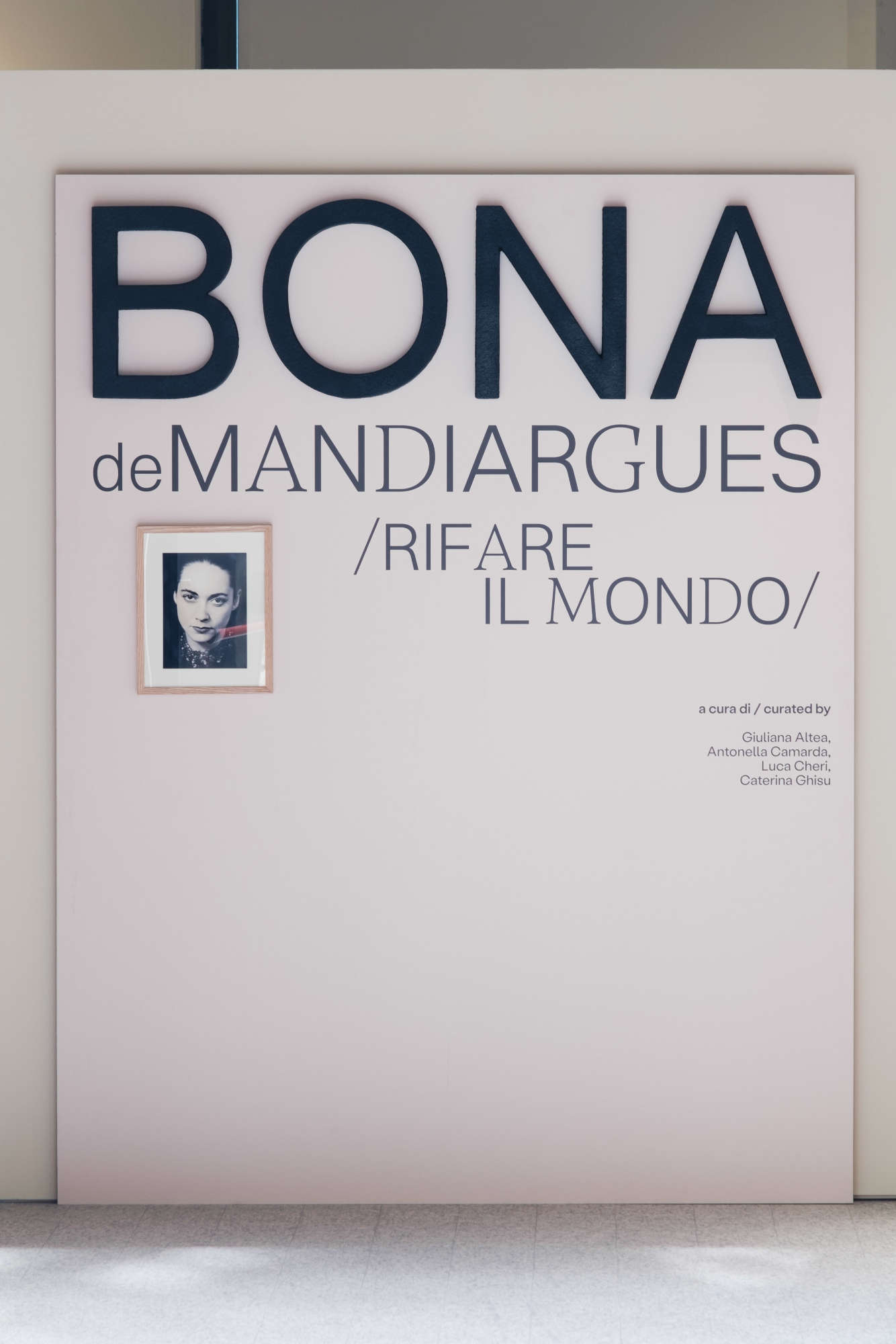
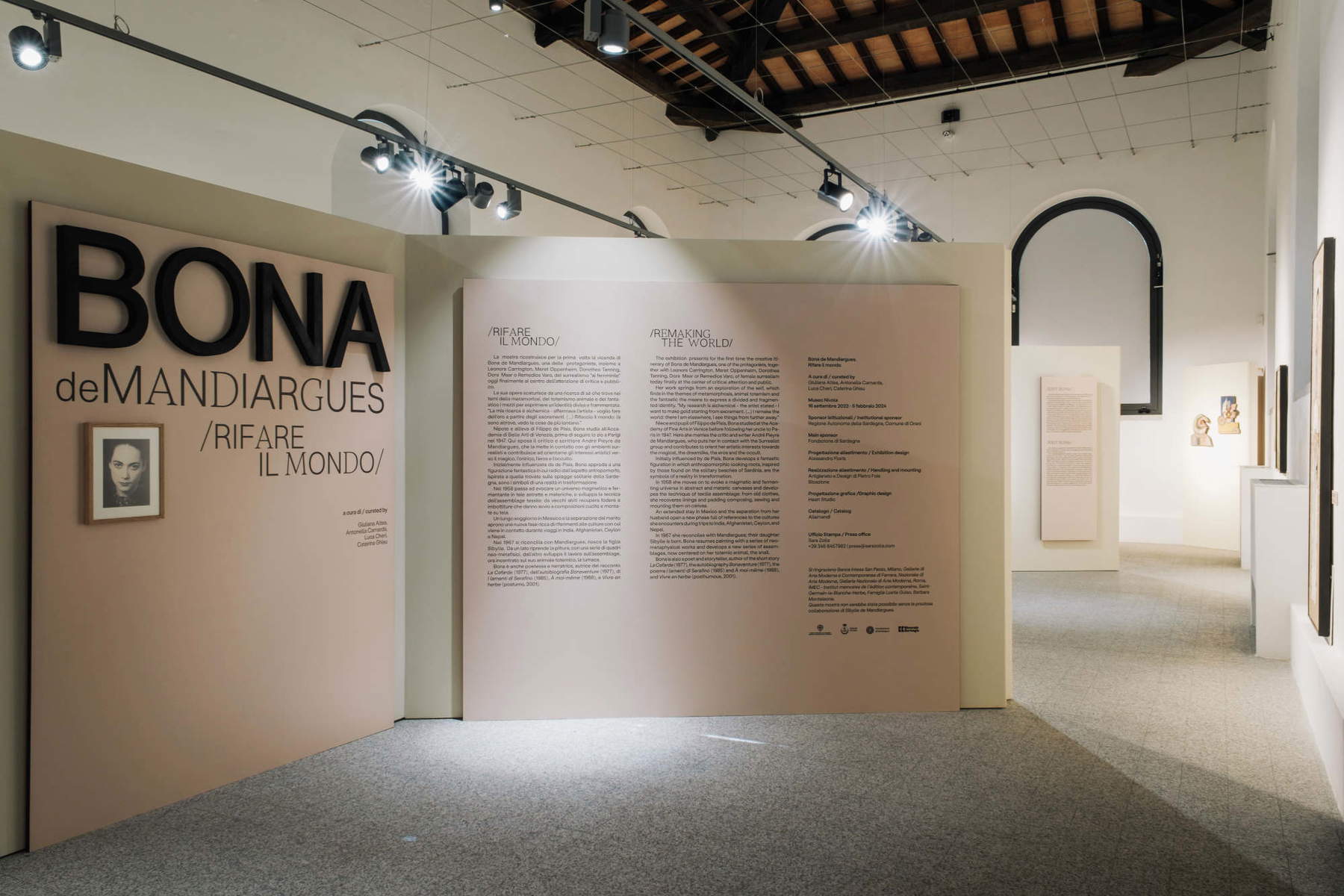
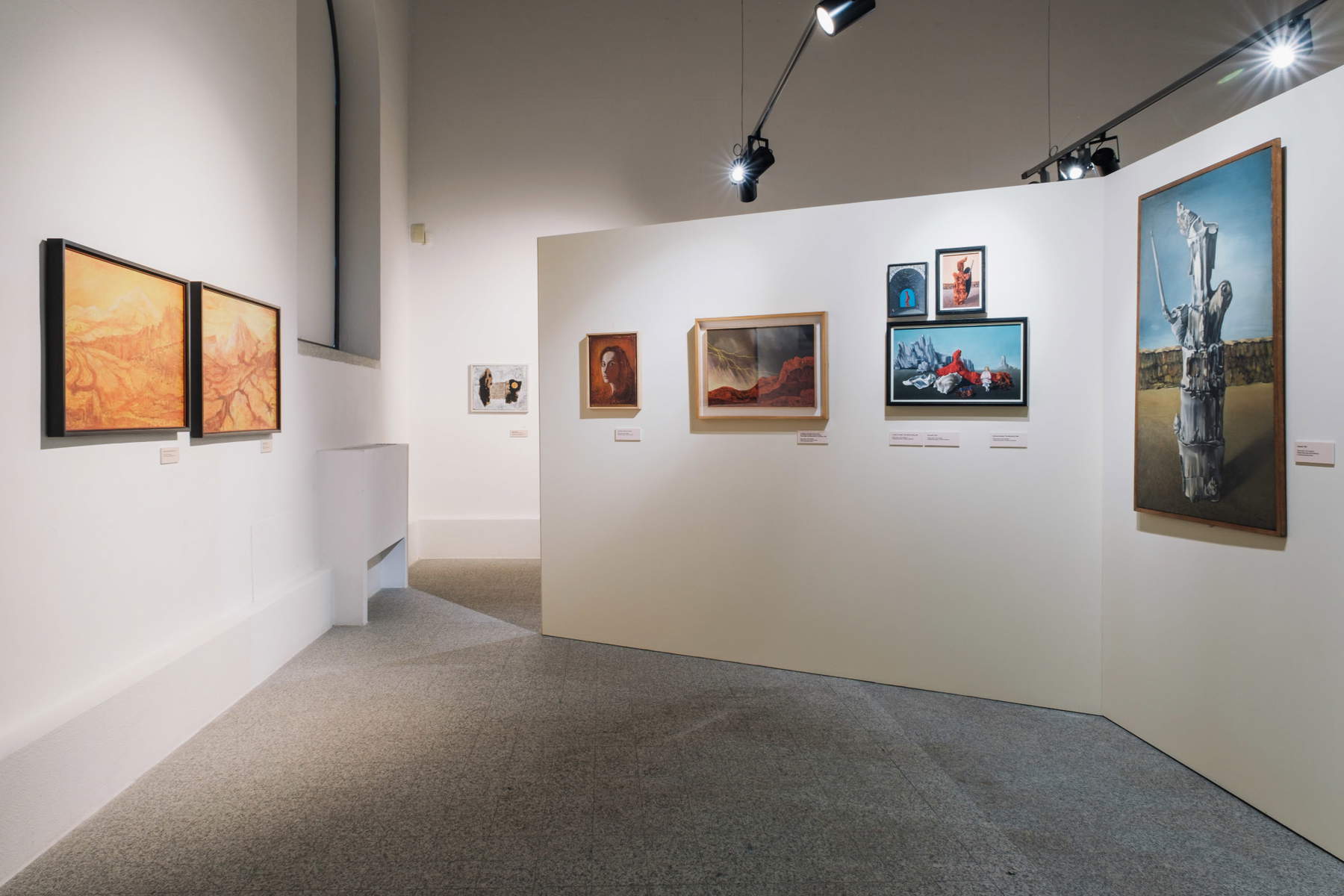
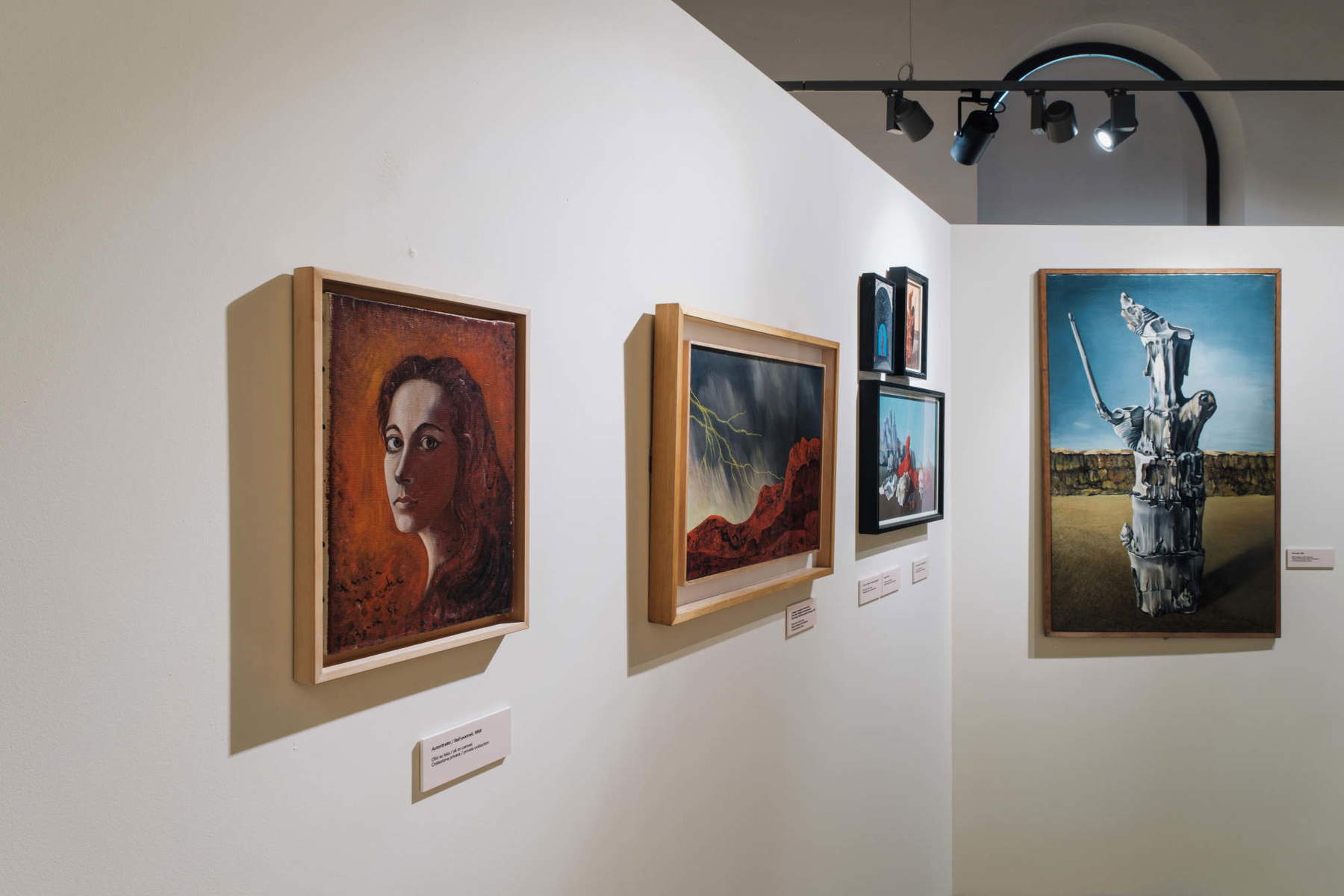
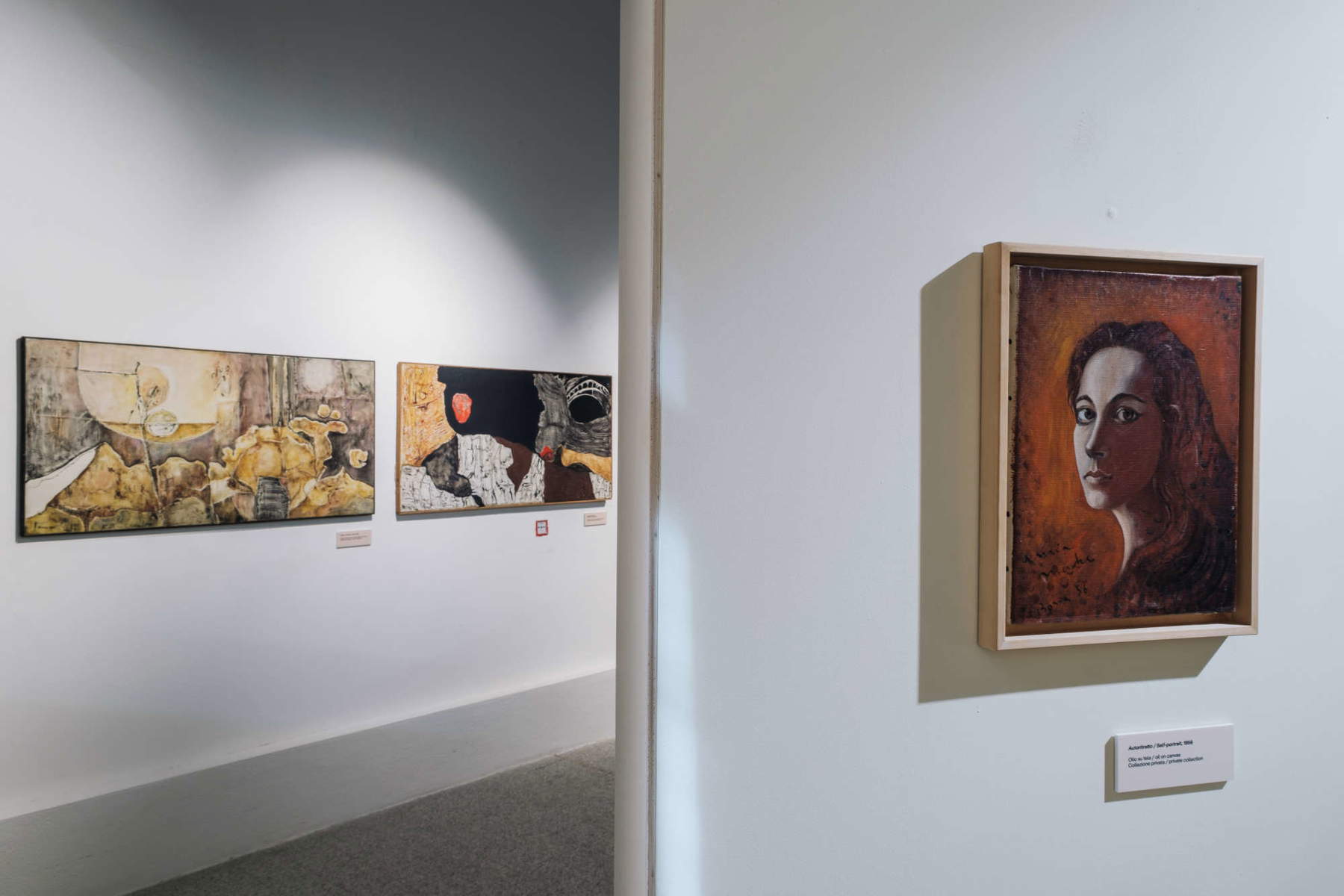
Bona de Mandiargues was of Italian descent and a niece and pupil of Filippo de Pisis, but it was in Paris, where she came to follow her uncle, that she met her future husband André Pieyre de Mandiargues, a French writer, critic and translator very close to the Surrealists. It is he, therefore, who puts her in contact with the intellectuals and artists of this movement. Although she is considered a Surrealist, can you trace influences of Italian art in her art?
Certainly, her Italian training at the Venice Academy and especially her close relationship with De Pisis marked her beginnings. The lesson of De Chirico and Metaphysics, which also resurfaces in his mature season, was very important. But there are also strong tangencies with other Italian artists close to her, such as Burri and Baj, which, however, seem to be the result more of a commonality of interests than of influence.
How are all these aspects presented in the exhibition? How was the exhibition path designed?
Since this is a first retrospective, we chose a chronological path, which is useful to clarify the artist’s evolution, while crossing it with thematic insights. We preferred to focus on the works, leaving Bona’s biography and image itself in the background, which are so fascinating that they would have risked distracting from his art. In other words, we wanted to avoid the “Frida Kahlo effect,” that mythologizing of the figure of the artist that ends up obscuring her work and that so often comes into play when talking about women artists, and in particular surrealists.
So is the exhibition meant to be an opportunity to uncover another piece of “female” surrealism? Is there a common trait that binds the female artists of the surrealist movement?
While artists such as Leonora Carrington, Remedios Varo, Dora Maar and others are in recent times finding the attention they deserve, this had not yet happened for Bona de Mandiargues. With her, the history of Surrealism is enriched with a significant new presence. Bona shares with the other protagonists of the movement various aspects of poetics, but above all a need for expressive and personal freedom that can be considered the common trait of this constellation of extraordinary women.
In addition to the retrospective, the museum is resuming after a long hiatus the Nivola Prize, with the intention of rewarding artists who through their research embody in the contemporary the spirit of Costantino Nivola, sculptor from Orani to whom the museum is dedicated. This year the Nivola Prize for sculpture was awarded to Iranian Nairy Baghramian. What brings you close to Costantino Nivola?
They are two profoundly different artists, united, however, by a conception of sculpture that transcends the pure aesthetic dimension to look at its cultural, political and social implications. After all, the prize does not so much aim to seek formal affinities of the artists with Nivola’s work as to recognize their ability to propose sculpture as a relevant practice in contemporary culture, as precisely Nivola did in his time. From this point of view, Nairy Baghramian, one of the most interesting figures of his generation, is an ideal choice.

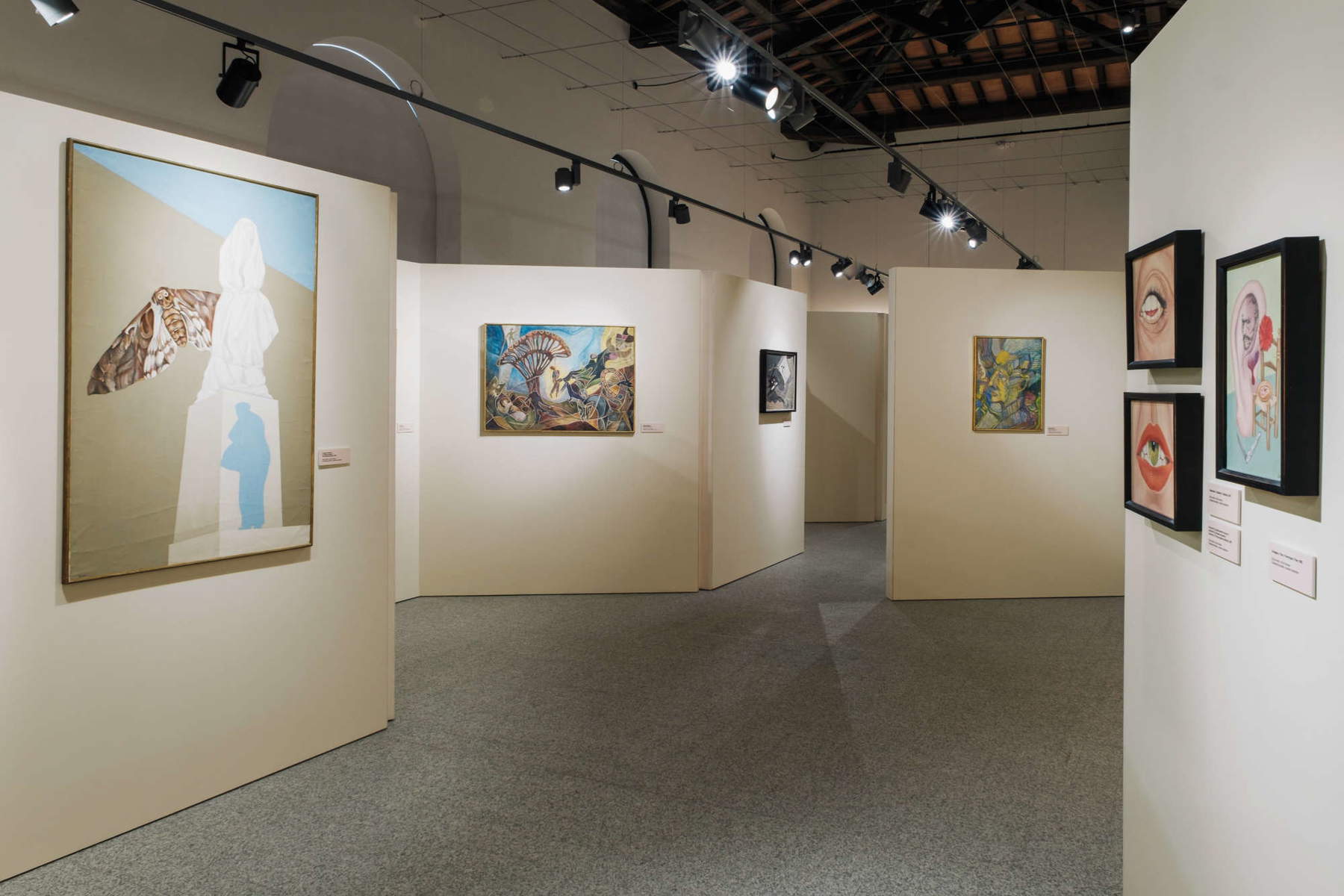

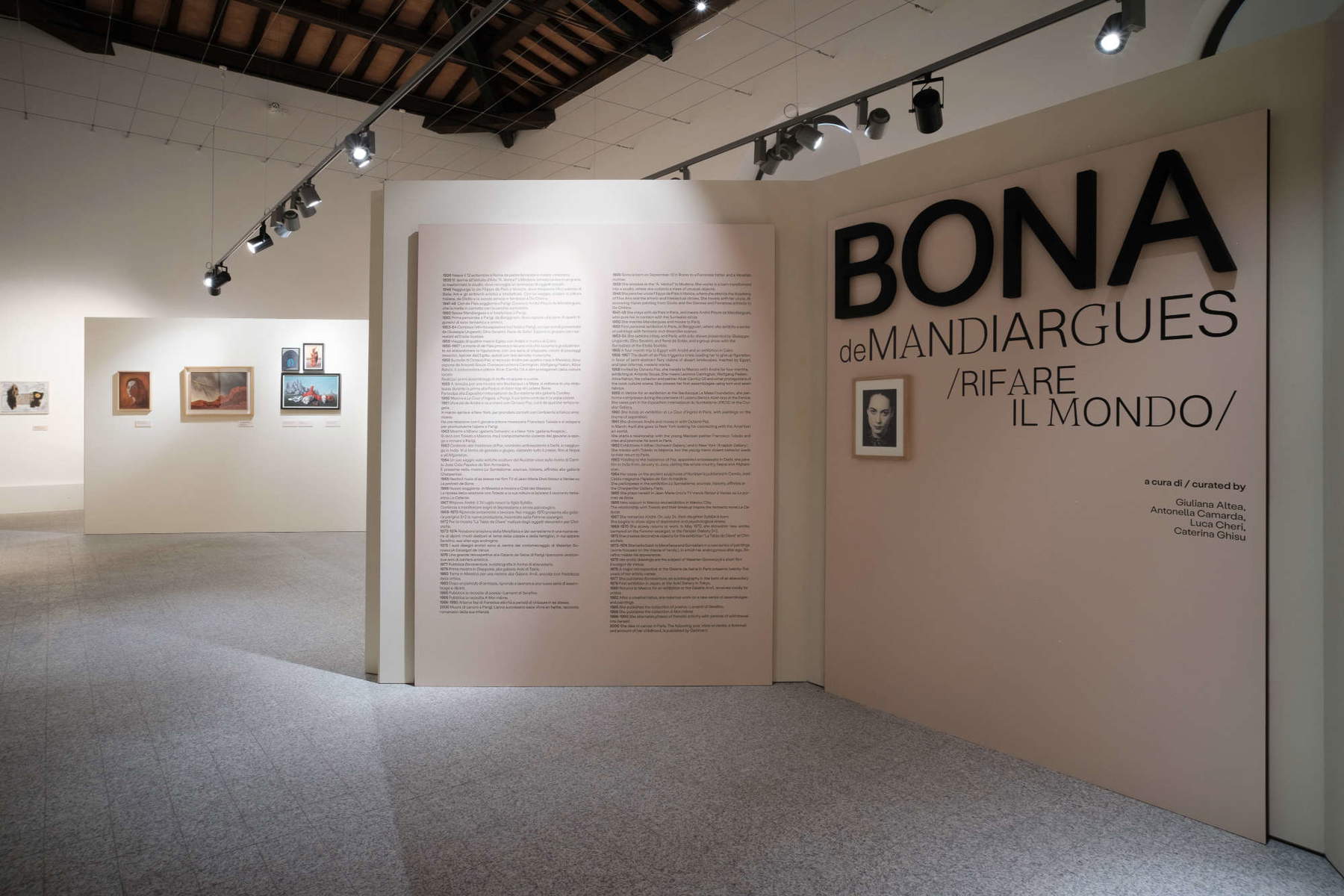
The Foundation has announced Nairy Baghramian’s solo exhibition for the summer of 2024. Can you already give us some anticipation about it?
The work is still in its early stages, but the intention is to create a project that is not limited to presenting Nairy Baghramian’s work, but that stems from a reflection on the context of the museum and the area that hosts it.
A retrospective, an award and a solo show: there is no shortage of offerings. Is there a particular type of audience you want to target? What are the expectations?
The Nivola Museum’s goal, of course, is to be as inclusive as possible, reaching out to different audience segments, with an eye especially on the younger generations, as also demonstrated by the close collaboration with Contemporanea, the symposium on the issues and problems ofart today, organized in Tortolì by the Fondazione di Sardegna and whose first day coincided, on September 16, precisely with the opening of Bona de Mandiargues’ exhibition and the presentation of the Nivola Prize to Nairy Baghramian.
Warning: the translation into English of the original Italian article was created using automatic tools. We undertake to review all articles, but we do not guarantee the total absence of inaccuracies in the translation due to the program. You can find the original by clicking on the ITA button. If you find any mistake,please contact us.